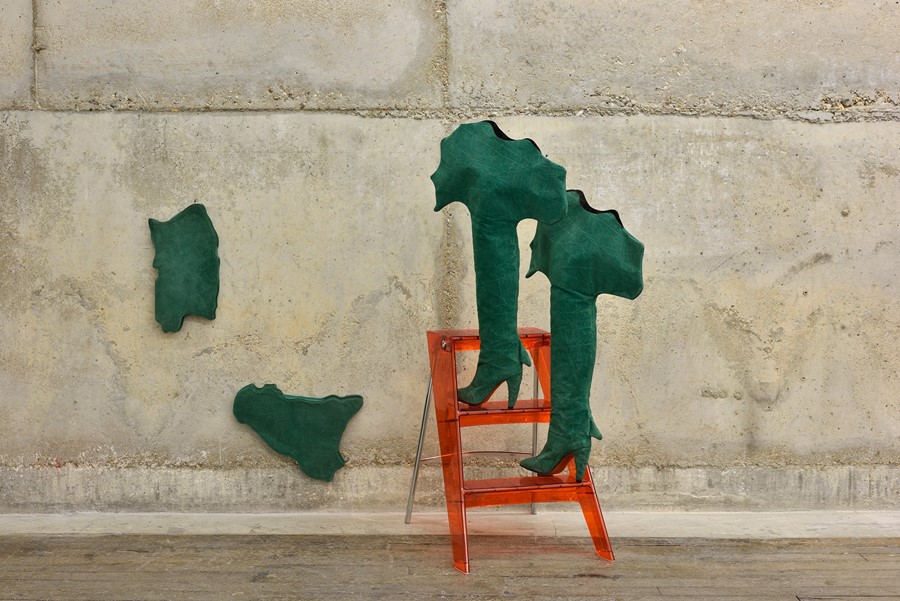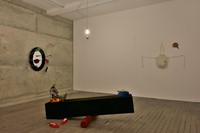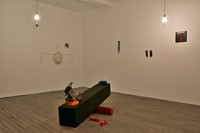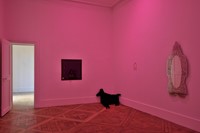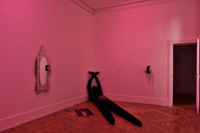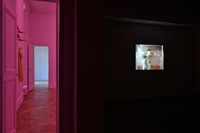As a new exhibition of her work continues in Paris, Francesca Gavin speaks to artist and tech fashion pioneer Cinzia Ruggeri
It is rare to come across a truly unique talent. Artist, fashion designer, furniture designer and all-round creative inspiration Cinzia Ruggeri is an undoubted original. She was the first artist to successfully experiment with technologically-enhanced clothing decades before other designers. From handbags to dresses, mirrors to sofas, earrings to glassware, her work brims with humour, fantasy and innovation. Ruggeri makes daydreams come to life.
Doing an interview with Ruggeri, whose work is now on show at Campoli Presti’s two spaces in Paris, is not straightforward. Yet her enthusiasm is nonetheless infectious. As she joyfully shares, “I particularly like capers, artichokes, Oskar Schlemmer’s Triadic Ballet, and gliders, and (since forever) laughing and swimming.”
Her creative experimentation began early. She had her first show as an artist at the age of 18 in 1960 at Milan’s Galleria del Prisma, who was then showing major names like Piero Manzoni. Overwhelmed by the press attention, she gave up art, went to study design and moved to Paris to work for Carven. She returned to Milan around 1970, emerging as part of the city’s postmodern design scene alongside Ettore Sottsass and Memphis and Studio Alchimia (who she occasionally collaborated with on one off furniture pieces). She eventually launched her own label in 1977 and became one of the most inventive designers of her generation.
Ruggeri’s definition of a dress or bag or shoes was not simple clothing but something crossing between performance and architecture – an extension of how the body could inhabit space. Her dresses were structures to enter and reflect inner experience. Pockets could be turned inside out to share feelings. Dresses resembled ivy or octopuses. As she noted in 2018: “Fashion has allowed me to explore the secrets of who wears a garment, needs and desires, manias and personal disorder.”
One of the things that seems to define her approach is rethinking how things work. “There already are enough useful objects designed to perfectly fulfil their function; what I am looking for is to communicate and interact with the objects,” she explains. That has resulted in work that feels notably surreal. Her red leather ‘slap bag’, which was stolen from an exhibition, fused a glove and a clutch, ready to wack someone in the face with. She created boots shaped like the outline of the Italian mainland, with matching bags in the shape of Sicily and Sardinia. Her ‘grass glove’ with vibrant green strands exuding from each finger. With references from Samuel Beckett plays to Piero della Francesca paintings, her sculptures, installations and furniture pieces have the same sense of surreal playfulness.
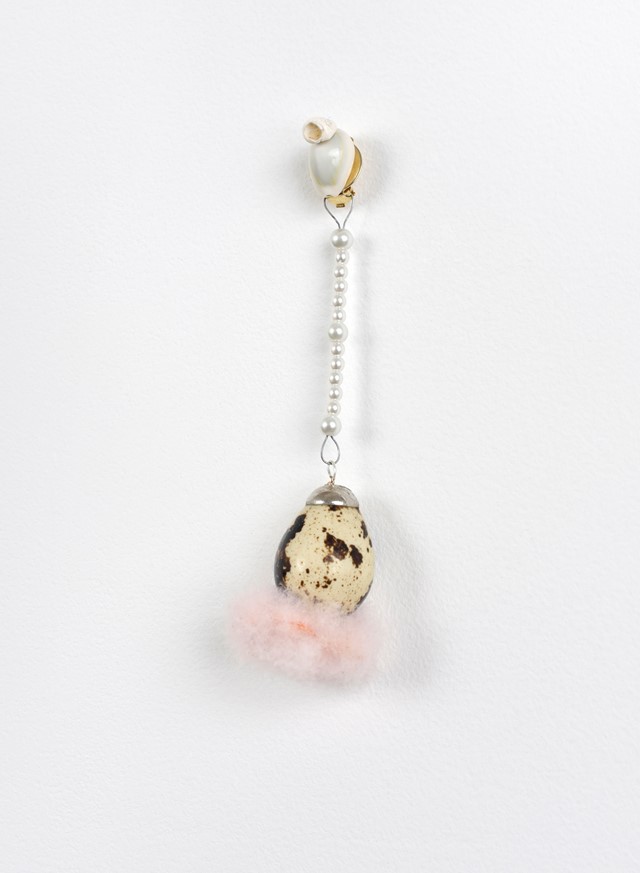
Ruggeri has used technology in fascinating ways, utilising liquid crystal, LEDs and kinetic elements using polarised lights. That was something that also extended to her fashion shows. Electronic music pioneer and artist Brian Eno notably made an installation to accompany her jagged asymmetrical Homage to Levi Strauss dress, which was bought by the V&A in 2011. She made romantic dresses layered with delicate sparkling lights. Ruggeri explains the attraction was to communicate in different ways. “A glass with a pendant drop that participates by jingling when one drinks, or a shadow onto which one can rest, or a hand-shaped shower-head so that one can be caressed by water,” she explains. “It is the same for the clothes. They also interact with the person wearing them, such as the application of liquid crystals that change colours according to someone’s body temperature or dresses with LEDs that you can turn on when you meet someone you like.”
She taught fashion for a number of years in Milan’s New Academy of Fine Arts, but there has been a much-deserved revival of interest in her own work in recent years, with exhibitions at 10 Corso Como and Galleria Federico Vavassori in Milan prior to her Paris show. Her current focus is increasingly on art objects, but there are still many references to fashion, architecture and design. Even her aesthetic themes exude freedom, as she points out: “My recurring motifs are eggs, dogs, dogs’ noses, pigs, pearls, glass, chickens, chameleons, octopuses and rays, nautiluses, flamingos, and other free (spontaneous) subjects and then velvet and silk georgette and linen.”
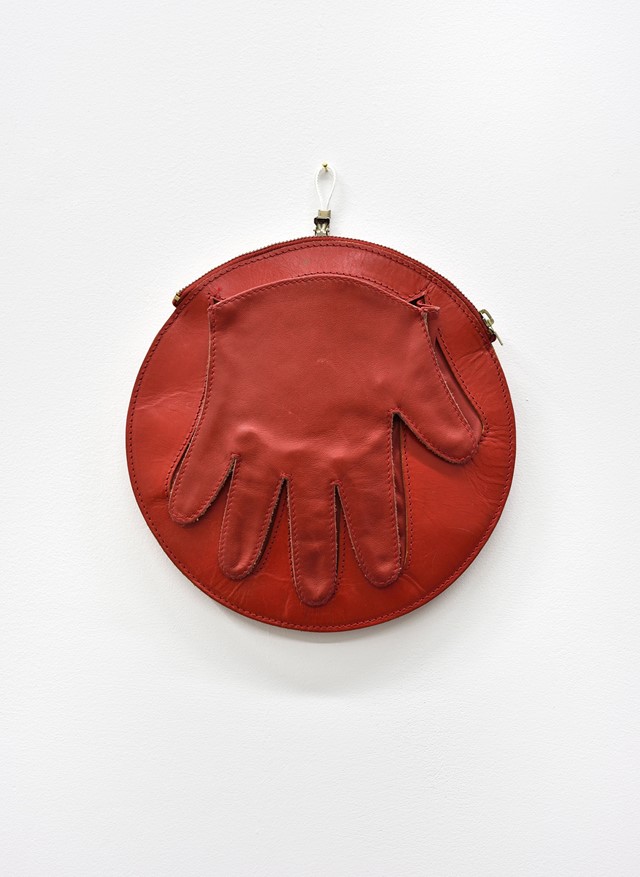
Déconnexion is on show at Campoli Presti, Paris until March 16, 2019.
